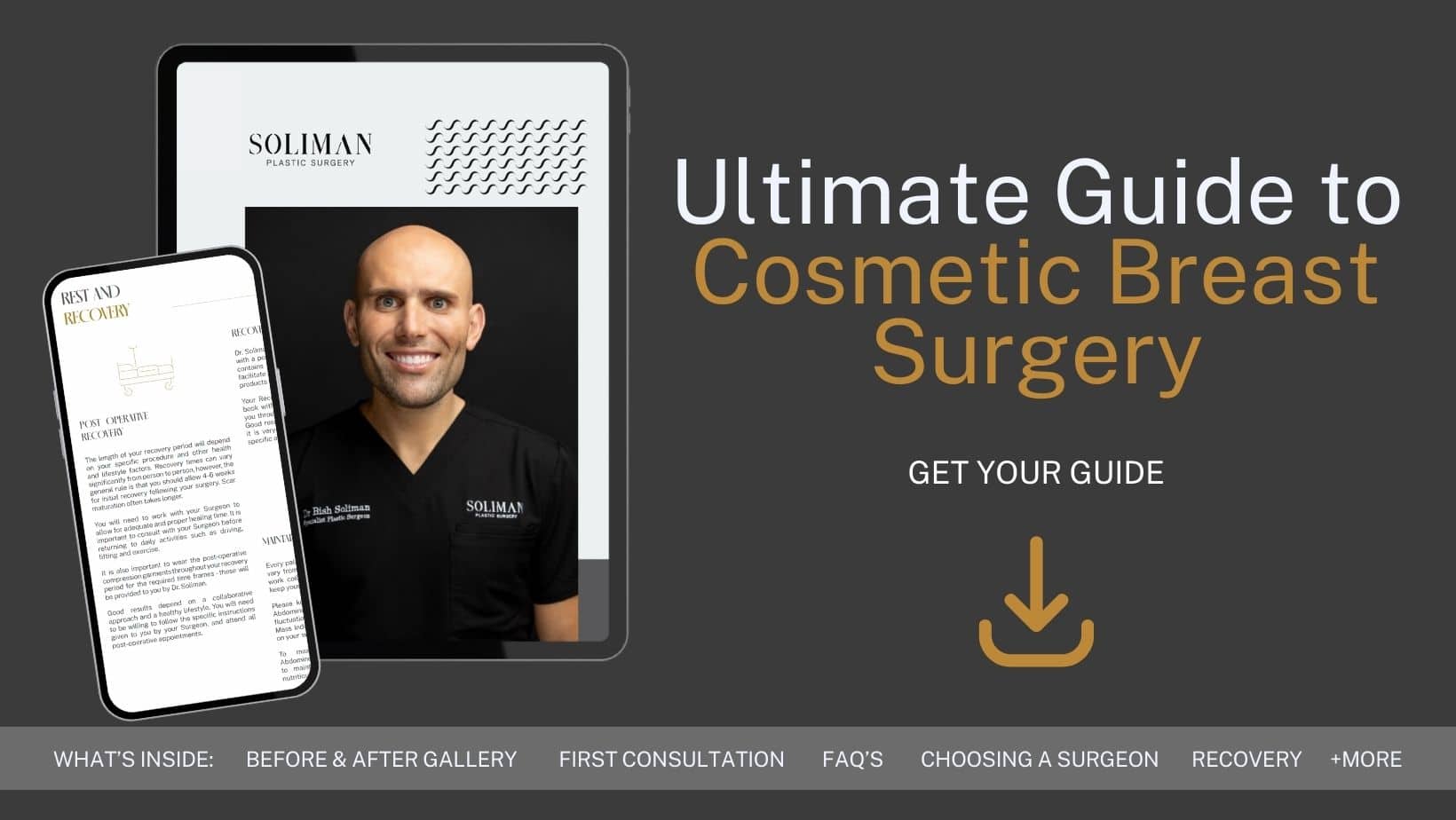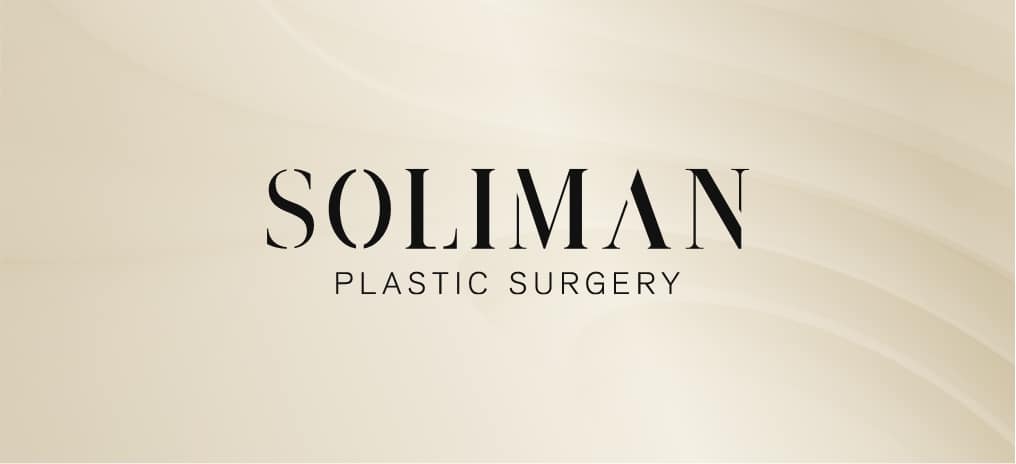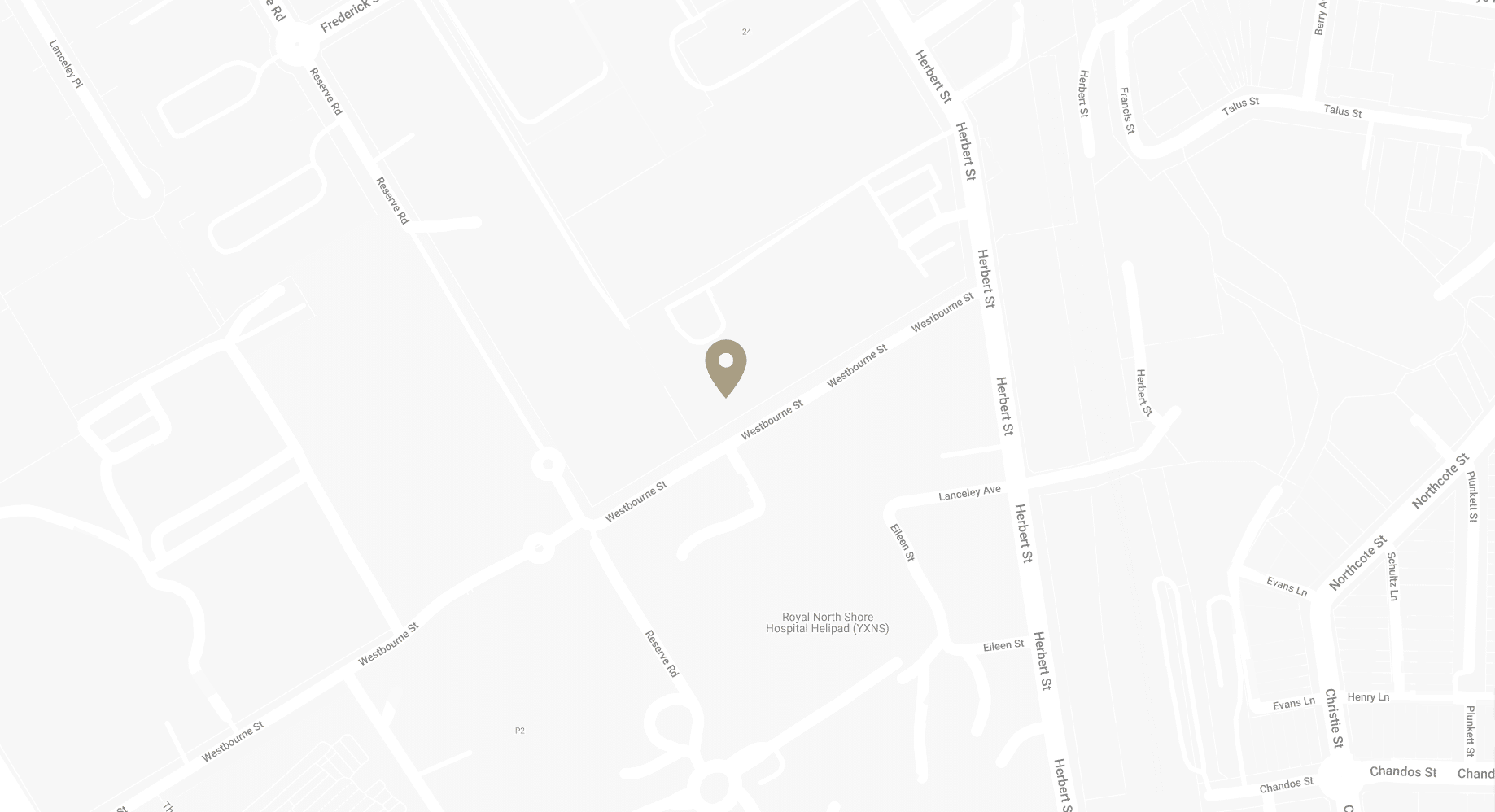Does Medicare Cover DIEP Breast Reconstruction?
As an Australian resident, you’re entitled to a range of health services, many of which are provided at no cost or at a reduced price, thanks to the Australian Government’s Medicare system. This program covers a broad spectrum of health services, including hospital treatments, doctor visits, and a range of other healthcare services. Perhaps you’re facing a health challenge that requires surgery, such as breast reconstruction. If that’s the case, understanding the Medicare Australia rebate system is crucial to ensuring you receive the financial support you’re eligible for. This system provides a rebate, or refund, on the cost of many medical services, effectively reducing the out-of-pocket expense for patients.
The Medicare Australia rebate system is not without its complexities, however. It’s not always easy to understand which services are eligible for a rebate, how much you can expect to receive back, and how to claim your rebate. This is particularly true when dealing with more specialised procedures, such as DIEP breast reconstruction surgery.
Specialist Plastic Surgeon Dr Bish Soliman performs different breast procedures, including breast reduction, breast augmentation and breast reconstruction for his patients in Sydney.
Download Dr Bish Soliman Cosmetic Breast Surgery Guide

An Overview of Breast Reconstruction
Breast reconstruction surgery is a comprehensive procedure that restores the shape, appearance, and size of the breast after a mastectomy (removal of the breast) or lumpectomy (removal of the tumour and some surrounding breast tissue). It’s a highly personalised procedure that takes into account your specific circumstances, health condition, and aesthetic preferences.
There are different methods of breast reconstruction, each with its own advantages, risks, and considerations. The choice of method depends on factors such as your body’s characteristics, your previous treatments, and your personal preferences.
One of the most advanced and increasingly preferred methods is the Deep Inferior Epigastric Perforator (DIEP) flap breast reconstruction surgery, which is renowned for its natural-looking results and minimal impact on the abdominal muscles.
DIEP Breast Reconstruction Surgery
DIEP breast reconstruction surgery is a type of autologous reconstruction, which means it uses tissue from your own body to recreate the breast. In the case of DIEP, this tissue is taken from your lower abdomen, resulting in a reconstructed breast that feels and moves more naturally than implants.
The DIEP procedure is intricate and requires a high level of surgical expertise. Dr Bish Soliman removes the skin, fat, and blood vessels from the lower abdomen and transfers them to the chest, where they are used to form a new breast mound.
Despite the complexity of this procedure, it comes with several benefits. It allows for a natural-looking breast reconstruction without the use of implants and doesn’t involve the removal of any muscle, which helps to preserve abdominal strength.
MBS Item Numbers and their Relevance
An integral part of the Medicare Australia rebate system is the Medicare Benefits Schedule (MBS), which lists a wide range of medical services along with their associated MBS Item Numbers. These item numbers are a unique identifier for each service covered by Medicare, from a simple doctor’s consultation to complex surgical procedures.
When you receive a medical service, the provider will often give you an invoice that includes the MBS Item Number for the service. This number is crucial when claiming a Medicare rebate, as it determines the amount you can claim back.
For instance, if you’ve had a breast reconstruction surgery, there will be specific MBS Item Numbers associated with the different aspects of your procedure. Understanding these numbers and their relevance to your treatment is the first step in navigating the Medicare Australia rebate system for breast reconstruction surgery.
Medicare Benefits for DIEP Breast Reconstruction
The good news is that DIEP breast reconstruction is covered by Medicare Australia. This means that you can claim a rebate for a significant portion of the surgery’s cost, reducing your out-of-pocket expenses.
The total amount you can claim back depends on several factors, including the specific MBS Item Numbers involved in your procedure and whether you have any additional private health insurance. It’s important to have a clear discussion with your plastic surgeon’s team about these factors before your surgery to avoid any unexpected costs.
Remember, the Medicare rebate doesn’t cover the entire cost of your surgery. You’ll be required to pay the difference between the total cost of the surgery and the Medicare rebate, known as the ‘gap’.
MBS Item Numbers for Breast Reconstruction
- Unilateral (single side): 46084, 45538, 45571 and 46086 for the co-surgeon
- Bilateral (two sides): 46088, 45538 x 2, 45571 and 46090 for the co-surgeon
Details of Breast Reconstruction Item Numbers
Post-mastectomy breast reconstruction, autologous, single surgeon (unilateral) using a myocutaneous or perforator flap, by microsurgical transfer:
(a) including anastomosis of artery and one or more veins (including repair of secondary skin defect); but
(b) excluding repair of muscular aponeurotic layer;
other than a service associated with a service to which item 30166, 30169, 30175, 30177 or 30179 applies (H)
Benefit: 75% = $2,412.45
Perforator flap, such as a deep inferior epigastric perforator (DIEP) flap or similar, raising in preparation for microsurgical transfer of a free flap for post mastectomy breast reconstruction, other than a service associated with a service to which item 45006 or 45012 applies (H)
Benefit: 75% = $739.30
Closure of abdomen with reconstruction of umbilicus, with or without lipectomy, to be used following the harvest of an autologous flap, being a service associated with a service to which item 45530, 45531, 45562, 45564, 45565 or 45567 applies, including repair of the musculoaponeurotic layer of the abdomen (including insertion of prosthetic mesh if used) (H)
Benefit: 75% = $850.20
Post-mastectomy breast reconstruction, autologous, conjoint surgery (unilateral) using a myocutaneous or perforator flap, by microsurgical transfer:
(a) including anastomosis of artery and one or more veins (including repair of secondary skin defect); but
(b) excluding repair of muscular aponeurotic layer;
other than a service associated with a service to which item 30166, 30169, 30175, 30177 or 30179 applies—conjoint surgery, principal specialist surgeon (H)
Benefit: 75% = $2,091.60
Post-mastectomy breast reconstruction, autologous, conjoint surgery (unilateral) using a myocutaneous or perforator flap, by microsurgical transfer:
(a) including anastomosis of artery and one or more veins (including repair of secondary skin defect); but
(b) excluding repair of muscular aponeurotic layer;
other than a service associated with a service to which item 30166, 30169, 30175, 30177 or 30179 applies—conjoint surgery, conjoint specialist surgeon (H)
Benefit: 75% = $1,568.80
Post-mastectomy breast reconstruction, autologous, single surgeon (bilateral) using a myocutaneous or perforator flap, by microsurgical transfer:
(a) including anastomoses of arteries and veins (including repair of secondary skin defect); but
(b) excluding repair of muscular aponeurotic layer;
other than a service associated with a service to which item 30166, 30169, 30175, 30177 or 30179 applies (H)
Benefit: 75% = $4,221.75
Post-mastectomy breast reconstruction, autologous, conjoint surgery (bilateral) using a myocutaneous or perforator flap, by microsurgical transfer:
(a) including anastomosis of artery and one or more veins (including repair of secondary skin defect); but
(b) excluding repair of muscular aponeurotic layer;
other than a service associated with a service to which item 30166, 30169, 30175, 30177 or 30179 applies—conjoint surgery, principal specialist surgeon (H)
Benefit: 75% = $3,660.30
Post-mastectomy breast reconstruction, autologous, conjoint surgery (bilateral) using a myocutaneous or perforator flap, by microsurgical transfer:
(a) including anastomoses of arteries and veins (including repair of secondary skin defect); but
(b) excluding repair of muscular aponeurotic layer;
other than a service associated with a service to which item 30166, 30169, 30175, 30177 or 30179 applies—conjoint surgery, conjoint specialist surgeon (H)
Benefit: 75% = $2,745.30
Common Challenges associated with Medicare Rebate System for DIEP Breast Reconstruction
While the Medicare Australia rebate system provides significant financial support for those undergoing DIEP breast reconstruction, navigating this system is not without its challenges. One common issue is understanding the complex language and terminology used on the MBS.
Another challenge is determining what services are covered by Medicare and what costs you’ll need to cover yourself. While DIEP breast reconstruction is covered by Medicare, not all associated costs are eligible for a rebate. For instance, post-operative care such as physiotherapy or psychological support may not be covered.
Lastly, there can be a gap between the total cost of the surgery and the Medicare rebate. It’s important to understand this gap and plan for it financially before your surgery.
Support Resources for Navigating the Medicare Rebate System
Fortunately, there are several resources available to help you navigate the Medicare Australia rebate system. These include the Medicare website, which provides comprehensive information about the rebate system and the MBS, and the Express Plus Medicare mobile app, which allows you to submit claims and check your claim status.
For personalised assistance, consider seeking help from a patient advocate or a financial counsellor, who can help navigate the system and ensure you’re claiming all the benefits you’re entitled to.
Maximising Your Medicare Benefits for Breast Reconstruction Surgery
Navigating the Medicare Australia rebate system for DIEP breast reconstruction surgery can be complex, but with a little knowledge and the right resources, you can successfully navigate this system and maximise your benefits.
Remember, understanding the MBS Item Numbers associated with your procedure and knowing how to claim your rebate are crucial steps in this process. Don’t hesitate to seek help from healthcare professionals, patient advocates, or financial counsellors if you need assistance.
With careful planning and a thorough understanding of the Medicare Australia system, you can focus on what matters most – your recovery and wellbeing.
FAQs about Medicare and DIEP Breast Reconstruction
How does DIEP differ from other breast reconstruction methods?
- The primary difference is that DIEP spares the abdominal muscles, whereas methods like the TRAM flap use part of the abdominal muscle. This muscle-sparing technique leads to a quicker recovery, reduced post-operative pain, and a lower risk of abdominal complications.
What are the benefits of choosing DIEP over implant-based reconstruction?
- DIEP uses the patient’s own tissue, resulting in a more natural look and feel. There’s no risk of implant-related complications such as rupture or capsular contracture. Additionally, the results are long-lasting, with the reconstructed breast changing naturally with weight fluctuations and ageing.
How long is the recovery period after DIEP surgery?
- Recovery can vary, but most patients spend 5 days in the hospital post-surgery. Full recovery, including returning to regular activities, can take 8-12 weeks. It’s essential to follow Dr Bish’s post-operative care instructions for the best outcome.
Are there any risks associated with DIEP breast reconstruction?
- As with any surgery, there are risks. Potential complications include blood clots, infection, flap failure, or complications at the donor site. However, choosing an experienced specialist plastic surgeon can significantly reduce these risks.
Will there be scarring after the surgery?
- Yes, there will be scars both at the breast and the donor site on the abdomen. However, with time and proper care, these scars typically fade and become less noticeable. Some patients also opt for scar revision or tattooing to further camouflage the scars.
Can DIEP breast reconstruction be done years after a mastectomy?
- Yes, DIEP reconstruction can be performed immediately after a mastectomy or years later, known as delayed reconstruction. The best timing depends on the patient’s individual circumstances, including overall health, previous treatments, and personal preferences.
Further Reading about Breast Reconstruction Surgery with Dr Bish Soliman
- Read Dr Bish’s DIEP Breast Reconstruction Surgery Page
- Read Dr Bish’s Blog about Recovery after Breast Reconstruction Surgery (DIEP)
- Read Dr Bish’s Blog about How Effective Are Silicone Strips for Plastic Surgery Scars
- Read Dr Bish’s Blog about DIEP Flap Breast Reconstruction: What to Expect
- Read Dr Bish’s Blog about Options for Breast Reconstruction – Immediate or Delayed Breast Reconstruction
- Read Dr Bish’s Blog about Why He Prefers DIEP Breast Reconstruction
- Read Dr Bish’s Blog about Nutrition and Lifestyle Tips for Optimal Healing After DIEP Flap Surgery



